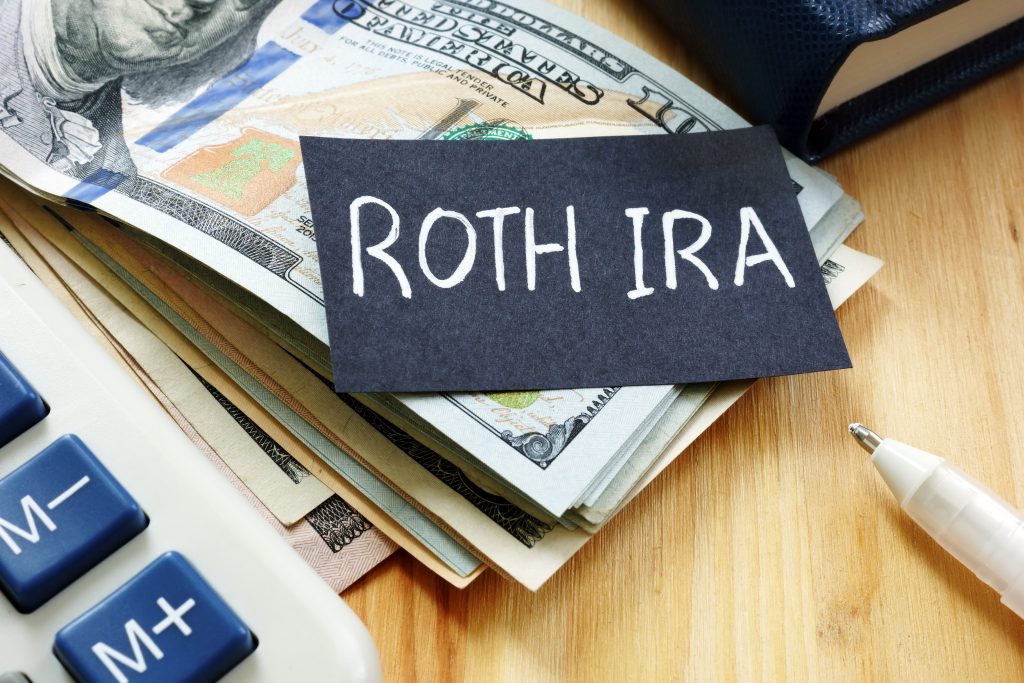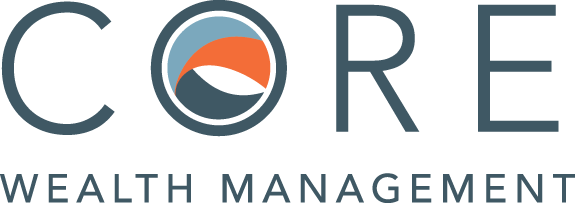
There are several provisions in Secure Act 2.0 that relate to ROTH IRAs and ROTH accounts within workplace retirement plans.
- For those who are saving, it is important to be aware of these new provisions and understand how it may impact your overall savings strategy and tax planning.
- For those who are taking distributions from workplace retirement accounts or who are planning to retire and have ROTH accounts with their employers, the new provisions will impact your withdrawal requirements.
- For those who have 529s in place and are concerned that the accounts may be overfunded or for those who are looking for tax effective ways to transfer assets to younger generations, Secure Act 2.0 offers some attractive planning opportunities.
ROTH Accounts
First, as a reminder, ROTH accounts are funded with after-tax dollars. In other words, no tax-deduction is taken when funds are contributed to the account. The funds within the account grow tax-free and when they are withdrawn in retirement, all distributions are tax-free. For young savers who have a lot of time for their funds to grow and compound on a tax-free basis, and for those who expect to be in the same or a higher tax bracket in retirement, ROTH accounts offer an attractive and tax-efficient saving opportunity.
Required Minimum Distributions
Prior to the passage of Secure Act 2.0, funds in ROTH IRAs were not subject to Required Minimum Distribution requirements (RMDs), but funds in ROTH accounts within employer plans (ex. ROTH 401k, ROTH 403b, ROTH 457 plans, ROTH TSP) were. Although these RMDs were not subject to income tax, withdrawals were required to begin at age 72. Secure Act 2.0 changed that and now ROTH accounts within employer plans are no longer subject to RMDs.
SIMPLE IRAs and SEP IRAs
Secure Act 2.0 also allows for the establishment of ROTH SEP IRAs and ROTH SIMPLE IRAs. In the past, contributions to these plans, by both employers and employees, could only be made on a tax-deferred basis. Now contributions can be made on a ROTH basis.
Employer Contributions to Retirement Plans
Prior to the passage of Secure Act 2.0, employer contributions to retirement plans could only be made on a tax-deferred basis; now, employers can make contributions to employees’ ROTH accounts. These contributions will be included in the employees’ income in the year they are contributed and they must vest immediately.
Catch-Up Contributions to Company Retirement Plans
Beginning in 2024, catch-up contributions for those over 50 to company retirement plans may be limited. If a company plan offers a ROTH contribution option, highly compensated employees (those with over $145,000 in wages from that employer in the prior year) can only make catch-up contributions on a ROTH basis; those with wages less than $145,000 in the prior year can choose whether or not to make catch-up contributions on a ROTH or a tax-deferred basis. If (1) the plan does not have a ROTH provision and (2) there are employees with wages in excess of $145,000, then NO ONE can make catch up contributions.
529 Plan Rollovers to ROTH IRAs
The final provision in Secure Act 2.0 that impacts ROTH accounts is that under certain, very specific circumstances, beginning in 2024, 529 plan balances can be transferred into ROTH accounts. In order to make these transfers, (1) the 529 funds must be rolled into a ROTH IRA titled in the name of the beneficiary and (2) the 529 plan must have been open for at least 15 years. In addition, there are limits to the amount that can be contributed: contributions made to the 529 plan in the past 5 years and the earnings on those contributions are not eligible for rollover, the amount that can be rolled over in a given year is equal to the IRA contribution limit for the year (and is reduced by contributions made directly to the IRAs), and the maximum amount that can be transferred over one’s lifetime is $35,000.
To learn more about Secure Act 2.0, how it impacts your financial planning situation and how you can capitalize on opportunities afforded by the Act, please reach out to our office.
